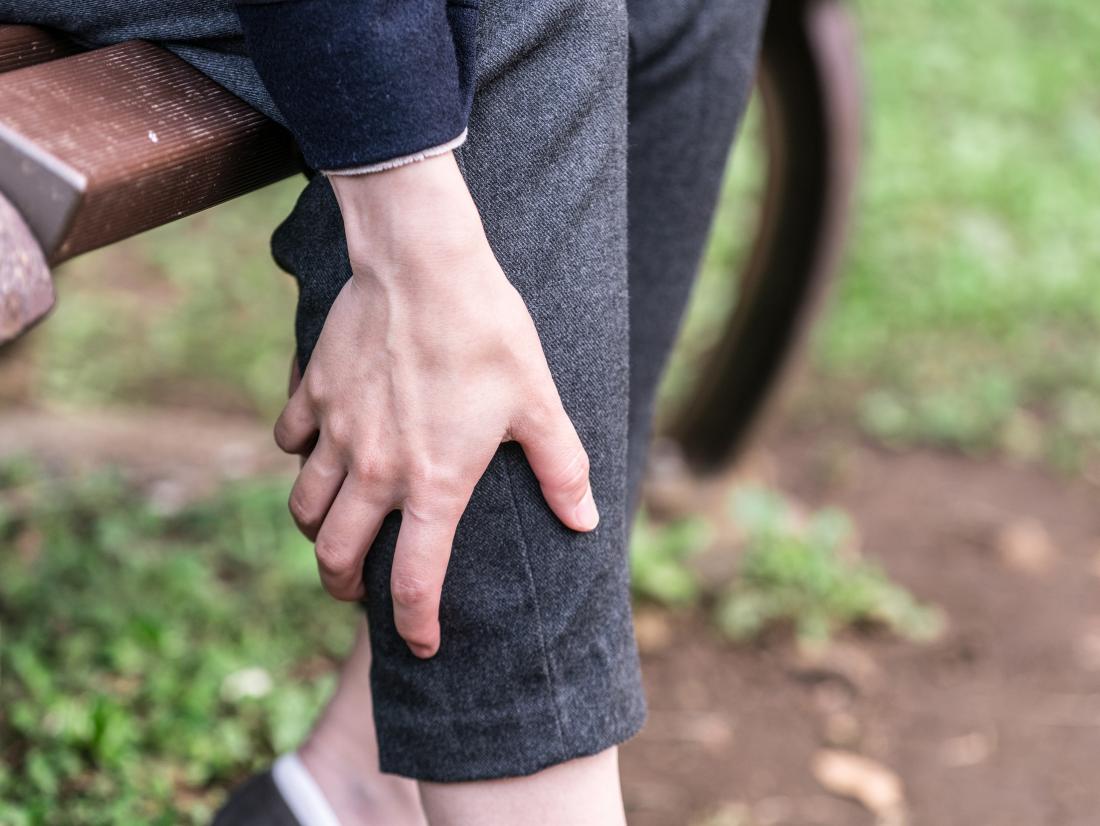Weekly Skincare Plan for KP: Beautician's Guide
As a beautician, understanding the nuances of skin conditions is crucial, especially when it comes to addressing the needs of clients with Keratosis Pilaris (KP). This common yet often misunderstood condition affects a significant number of people, causing small, rough bumps on the skin. Developing a tailored weekly skincare plan for KP can make a significant difference in managing this condition and enhancing your clients' skin health. Let's delve into the specifics of crafting an effective regimen for KP.

Understanding Keratosis Pilaris
Before embarking on a skincare journey, it's essential to comprehend what KP entails. Keratosis Pilaris is a common skin condition characterized by small, acne-like bumps, often on the arms, thighs, and buttocks. These bumps are caused by the buildup of keratin, a protein that protects the skin from infections. However, when keratin forms a plug that blocks the opening of a hair follicle, KP occurs. While it's harmless, it can be aesthetically displeasing and sometimes itchy.
Step 1: Gentle Cleansing
Begin the week with a gentle cleanser that is free from harsh chemicals and fragrances. This step is vital to remove impurities without stripping the skin of its natural oils. Opt for a product that maintains the skin's pH balance. For instance, a cleanser containing salicylic acid can help in exfoliating dead skin cells while also unclogging the hair follicles.
Step 2: Exfoliation for Smoothness
Exfoliating is a critical component of the weekly skincare plan for KP. Regular exfoliation helps in removing the excess keratin and dead skin cells that contribute to the appearance of KP. Use a gentle scrub containing lactic acid or urea, which are known for their exfoliating properties. However, ensure not to over-exfoliate, as this can lead to irritation. A maximum of two to three times per week is recommended.
Step 3: Hydration and Moisturization
Hydration is key in managing KP, as dry skin can exacerbate the condition. After cleansing and exfoliating, it's crucial to lock in moisture. Opt for a moisturizer that contains ingredients like glycerin or aloe vera, which are known for their hydrating properties. Additionally, consider using a heavier, emollient-rich cream at night to provide deep hydration while your client sleeps.
Additional Tips for Beauticians
Beyond the basics, there are several additional steps you can incorporate into your clients' weekly skincare plan for KP to enhance results. Using a humidifier in dry seasons can help maintain skin moisture levels, as discussed in Keratosis Pilaris in Dry Seasons. Additionally, guiding your clients on the importance of balanced nutrition can be beneficial, as noted in Keratosis Pilaris and Gut Health. Personalized skincare approaches can also significantly impact the effectiveness of treatments, as highlighted in Personalized Skincare Approaches.
Step 4: Sun Protection
Don't forget to emphasize the importance of sun protection. UV rays can worsen KP symptoms, so advise your clients to apply sunscreen daily, even on cloudy days. A broad-spectrum SPF 30 or higher is ideal. This step not only protects the skin from UV damage but also aids in preventing the further buildup of keratin.
Monitoring Progress
Encourage your clients to track their skin's progress by taking weekly photos. This practice helps in visually assessing improvements and identifying any areas that may require adjustments in their skincare routine. A checklist can be a handy tool for both you and your clients, as detailed in the Keratosis Pilaris Skincare Checklist.

FAQs
What is the primary cause of KP?
Keratosis Pilaris is primarily caused by the buildup of keratin, which blocks hair follicles, leading to the formation of small, rough bumps on the skin.
How often should I exfoliate if I have KP?
It's recommended to exfoliate two to three times a week using a gentle scrub to avoid skin irritation.
Can diet impact Keratosis Pilaris?
Yes, diet can play a role in skin health. A balanced diet rich in vitamins and minerals can help improve overall skin condition, as mentioned in the discussion on Keratosis Pilaris and Gut Health.

